Home>Dining>Table Decor>How To Make Contemporary Floral Arrangements
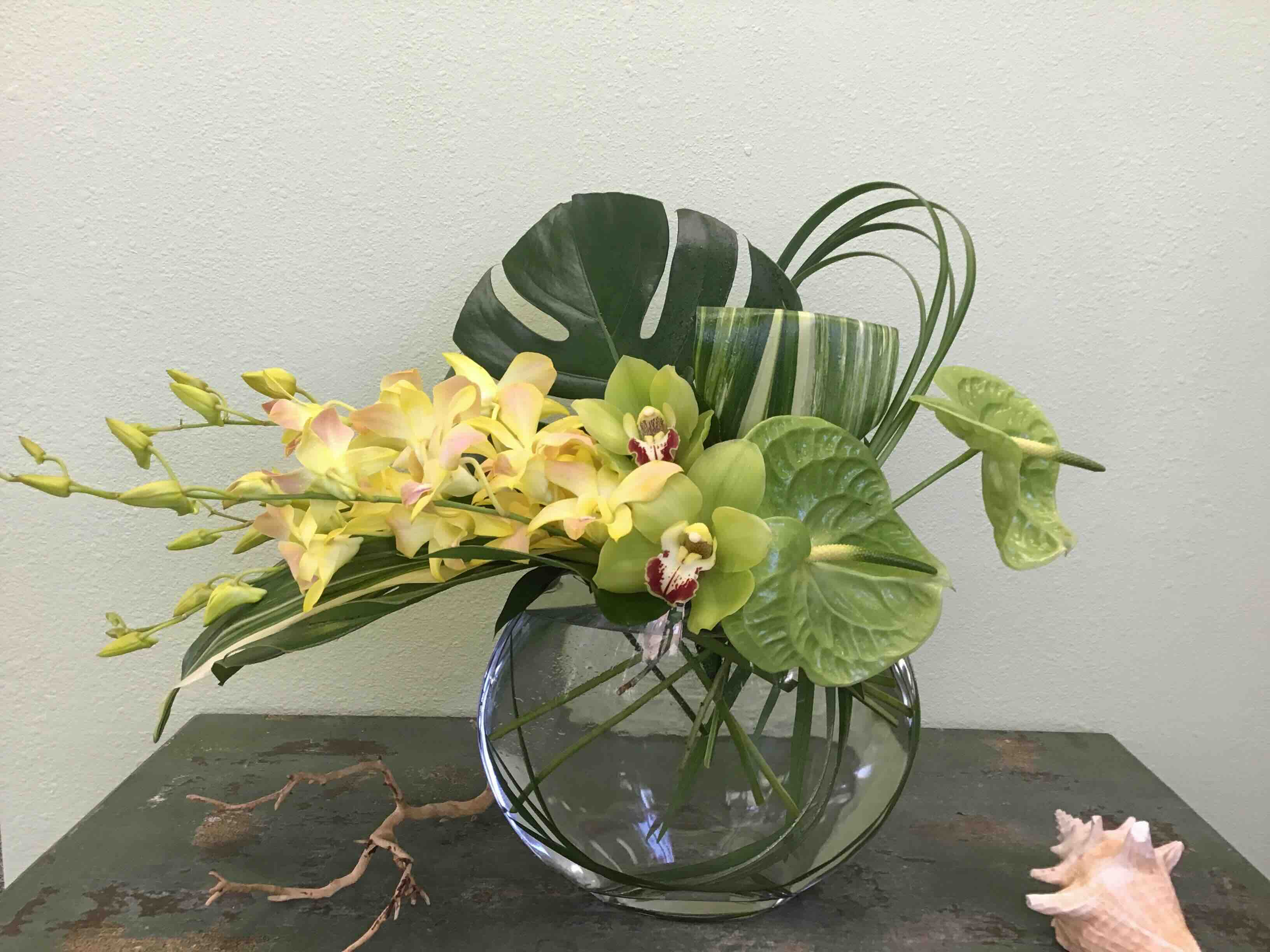

Table Decor
How To Make Contemporary Floral Arrangements
Modified: September 1, 2024
Discover how to create stunning contemporary floral arrangements for your table decor with our step-by-step guide. Elevate your dining experience with modern designs and fresh blooms.
(Many of the links in this article redirect to a specific reviewed product. Your purchase of these products through affiliate links helps to generate commission for Storables.com, at no extra cost. Learn more)
Introduction
Welcome to the world of contemporary floral arrangements! Gone are the days of traditional bouquets and predictable centerpieces. In today’s fast-paced and ever-evolving world of design, floral arrangements have become an art form, marrying modern aesthetics with the beauty of nature.
Contemporary floral arrangements are all about pushing boundaries and thinking outside the box. They allow you to express your creativity and create stunning displays that reflect your personal style. Whether you’re decorating for a special occasion or looking to add a touch of elegance to your home, understanding the principles of contemporary floral design will help you achieve breathtaking results.
Choosing the right flowers is the first step in creating a contemporary floral arrangement. While classic blooms like roses and lilies are always beautiful, consider incorporating unique and exotic varieties that add a sense of freshness and intrigue. Think proteas, orchids, anemones, or tropical flowers with vibrant colors and interesting shapes. These unconventional choices will instantly give your arrangement a contemporary twist.
However, the flowers alone aren’t enough to make a statement. The vessel you select plays a crucial role in the overall look and feel of your arrangement. Opt for modern and sleek vases in glass or ceramic, experimenting with different shapes and sizes. Don’t be afraid to mix and match styles to create an eclectic and visually captivating display.
Understanding color palettes is another important factor in contemporary floral design. Rather than sticking to traditional color combinations, consider exploring unexpected pairings that create a sense of contrast and intrigue. Play with complementary or analogous colors, or experiment with monochromatic schemes to bring a modern and sophisticated vibe to your arrangement.
In recent years, minimalism has taken the design world by storm, and floral arrangements are no exception. Embrace the beauty of simplicity by using fewer flowers and focusing on clean lines and negative space. Less is more, and a minimalist approach will allow the flowers to shine and create a powerful impact.
Contemporary floral arrangements also encourage the incorporation of unique elements to add interest and personality. Explore the use of non-floral elements such as branches, feathers, or even unconventional materials like wire or fabric. These unexpected additions will elevate your arrangement and make it truly one-of-a-kind.
Achieving balance and proportion is essential in contemporary floral design. Experiment with symmetry and asymmetry to create visually pleasing arrangements. Symmetry creates a sense of order and structure, while asymmetry adds a dynamic and organic feel to the display. Play around with different placements and groupings to find the perfect balance.
Texture and layering are key elements in contemporary floral arrangements. Mix flowers with different textures, such as smooth petals and fluffy blooms, to create a visually interesting composition. Add depth by layering flowers at different heights and incorporating foliage or filler flowers. This creates dimension and adds visual appeal to your arrangement.
When arranging flowers, consider the height of each stem. Varying the heights adds a sense of movement and visual interest to the arrangement. Combine tall and medium-height flowers with shorter blooms and filler greens to create a dynamic and eye-catching display.
Highlighting focal points is another important aspect of contemporary floral design. Choose a central flower or group of blooms to be the main focal point of your arrangement. This can be a larger or more vibrant flower that instantly draws attention. Build the rest of the arrangement around it, ensuring that it complements and enhances the focal point.
Finally, don’t forget the final touches and maintenance. Trim the stems of your flowers at an angle before arranging them to allow for better water absorption. Change the water every few days and remove any wilted or damaged blooms. Proper care will ensure that your contemporary floral arrangement stays fresh and vibrant for as long as possible.
Now that you have a solid understanding of the principles of contemporary floral arrangements, it’s time to unleash your creativity. Experiment, try new things, and let your personal style shine through. With a little practice and an open mind, you’ll be able to create stunning and unique floral arrangements that will truly captivate and inspire.
So go ahead and start exploring the world of contemporary floral design. Let your imagination run wild as you create striking arrangements that not only showcase the beauty of nature but also reflect the modern aesthetic of the world we live in.
Your journey into the world of contemporary floral arrangements starts now. Get ready to unleash your creativity and discover the art of designing breathtaking displays that will leave a lasting impression.
Key Takeaways:
- Embrace the art of contemporary floral design by choosing unconventional flowers, experimenting with color palettes, and incorporating unique elements to create visually captivating and modern arrangements.
- Achieve stunning floral arrangements by mastering balance, proportion, and texture, while accentuating focal points and maintaining proper care for long-lasting beauty. Unleash your creativity and let your personal style shine through in your floral designs.
Read more: How To Make Hydrangea Floral Arrangements
Choosing the Right Flowers
When it comes to creating a stunning contemporary floral arrangement, choosing the right flowers is essential. While traditional blooms like roses and lilies are always beautiful choices, incorporating unique and unconventional varieties can take your arrangement to the next level. Here are some tips to help you choose the perfect flowers for your contemporary design:
1. Explore Unconventional Choices: Step out of your comfort zone and consider flowers that are not commonly used in traditional arrangements. Look for exotic blooms like proteas, orchids, anemones, or tropical flowers with vibrant colors and interesting shapes. These unconventional choices will instantly give your arrangement a contemporary and unexpected twist.
2. Play with Color: In contemporary floral design, color palettes can be bold and dramatic, so don’t be afraid to experiment. While traditional arrangements often follow specific color schemes, contemporary designs allow for more creative freedom. Play with contrasting colors to create a vibrant and eye-catching display. Consider using unexpected color combinations or opt for monochromatic schemes to evoke a sense of sophistication and modernity.
3. Consider Texture: Texture is a key element in contemporary floral arrangements. Mix flowers with different textures to create visual interest and dimension. Combine smooth petals with fluffy blooms or incorporate flowers with interesting foliage. The contrast in texture will add depth to your arrangement and make it visually captivating.
4. Incorporate Non-Floral Elements: To make your arrangement truly unique, don’t be limited to flowers alone. Explore the use of non-floral elements such as branches, feathers, or even unconventional materials like wire or fabric. These unexpected additions will add a touch of artistry and personality to your arrangement.
5. Consider Seasonality: While contemporary floral design allows for more creative freedom, it’s important to consider seasonality when choosing your flowers. Selecting blooms that are in season will not only ensure their availability but also contribute to a more sustainable approach to floral design. Utilize the unique offerings of each season to enhance the overall aesthetic of your arrangement.
6. Think About Fragrance: While scent might not be the first thing that comes to mind in contemporary floral design, it can add an extra dimension to your arrangement. Consider incorporating fragrant flowers like jasmine, lavender, or gardenias to not only please the eyes but also engage the sense of smell.
7. Pay Attention to Lifespan: Keep in mind the longevity of the flowers you choose. Some blooms have a shorter lifespan than others, so consider the event or occasion for which you’re creating the arrangement. Opt for flowers that will stay fresh for the desired duration, or choose a mix of flowers in various stages of blooming to create an evolving arrangement.
By taking these factors into account and unleashing your creativity, you’ll be able to choose the perfect flowers to create a contemporary floral arrangement that is visually captivating, unique, and expresses your personal style.
Selecting the Perfect Vase
Choosing the right vase is just as important as selecting the perfect flowers when it comes to creating a stunning contemporary floral arrangement. The vase serves as the foundation and backdrop for your blooms, enhancing their beauty and contributing to the overall aesthetic. Here are some tips to help you select the perfect vase for your arrangement:
1. Consider the Style: The style of the vase should complement the overall theme and vibe of your arrangement. Determine whether you’re going for a modern and sleek look, a rustic and organic feel, or something in between. The vase should align with the desired style and enhance the visual impact of the flowers.
2. Experiment with Different Shapes: Don’t be afraid to explore different vase shapes to create visual interest. Consider tall and cylindrical vases for elongated stems or cascading arrangements. Opt for square or rectangular vases for a modern and edgy look. Play with unconventional shapes like geometric or asymmetrical designs to add a contemporary touch to your arrangement.
3. Size Matters: The size of the vase should be proportional to your arrangement and the space where it will be displayed. Choose a vase that allows your flowers to stand tall without overcrowding or being engulfed. If you’re designing a large-scale arrangement, go for a bigger vase to make a statement. For smaller arrangements or table centerpieces, a smaller vase might be more appropriate.
4. Pay Attention to Material: When it comes to contemporary floral arrangements, transparent materials like glass or acrylic can create a modern and chic look, allowing the flowers to take center stage. You can also experiment with ceramic or metallic vases to add texture and visual interest. Consider the overall aesthetic you’re aiming for and select a material that complements it.
5. Get Creative with Unique Vessels: Think outside the box and consider unconventional containers to hold your flowers. Repurpose items like vintage bottles, teapots, or even hollowed-out logs to create a unique and eclectic display. Just make sure the vessel is watertight and provides enough stability for your arrangement.
6. Coordinate with the Color Palette: The color of the vase can either complement or contrast with the flowers you’ve chosen. Use it to enhance the overall color palette of your arrangement. For a modern and minimalist look, opt for a monochromatic vase that matches the dominant color of your flowers. Alternatively, choose a contrasting color to add a pop of visual interest.
7. Don’t Forget Practicality: Consider the practical aspects of your vase selection. Ensure that it is easy to clean, as maintaining cleanliness will prolong the lifespan of your flowers. Additionally, choose a vase that provides enough stability for your arrangement and can support the weight of the flowers without toppling over.
Remember, the perfect vase is the one that enhances the beauty of your floral arrangement without overpowering it. Experiment, get creative, and have fun exploring different options until you find the vase that perfectly complements your contemporary design.
Understanding Color Palettes
Color plays a vital role in creating a captivating and visually appealing contemporary floral arrangement. Understanding color palettes and how to effectively utilize them will help you achieve stunning and harmonious designs. Here are some key considerations when it comes to understanding color palettes:
1. Complementary Colors: Complementary colors are pairs of colors that are opposite each other on the color wheel. When used together, they create a vibrant and visually striking contrast. Incorporating complementary colors in your floral arrangement adds a sense of drama and excitement. For example, pairing purple flowers with yellow blooms or orange flowers with blue hues can create a visually stunning composition.
2. Analogous Colors: Analogous colors are colors that are adjacent to each other on the color wheel. These colors share a certain harmony and create a cohesive and calming effect when combined. Using analogous colors in your arrangement can create a sense of tranquility and balance. For example, combining various shades of pink or blending different hues of blue and green can result in an arrangement with a serene and soothing vibe.
3. Monochromatic Schemes: Monochromatic color schemes involve using different shades and tints of a single color. This approach creates a harmonious and sophisticated look. By choosing flowers in different tones of the same color, you can create a visually cohesive and elegant arrangement. For instance, using various shades of pink, from pale blush to deep magenta, can create a monochromatic arrangement that is visually captivating.
4. Bold and Dramatic Colors: Contemporary floral arrangements often embrace bold and dramatic color palettes. Incorporating vibrant and intense hues can create a visually striking and attention-grabbing display. Think of vivid reds, oranges, or purples that demand attention and make a powerful impact. These bold color choices can create a contemporary and energetic vibe in your arrangement.
5. Soft and Neutral Tones: On the other end of the spectrum, soft and neutral color palettes can evoke a sense of minimalism and sophistication. Opting for muted pastels or incorporating whites and creams can create an elegant and understated look. This approach allows the focus to be on the form and texture of the flowers rather than the colors themselves.
6. Consider the Setting: Take into account the setting in which your arrangement will be displayed. Consider the existing colors in the room or the event theme. If the space already has bold and vibrant colors, a monochromatic or neutral arrangement can provide a sense of balance. Conversely, a pop of bold and contrasting colors can add excitement to a more neutral space.
7. Experiment and Trust Your Instincts: While understanding color theory is important, don’t be afraid to experiment and trust your instincts. Floral design is also a form of artistic expression, and sometimes breaking the traditional rules can lead to stunning and unique results. Experiment with different color combinations and trust your eye for what looks visually pleasing.
Understanding color palettes in contemporary floral design allows you to create arrangements that are visually captivating and evoke the desired mood or atmosphere. Whether you opt for complementary contrasts or soothing analogous tones, experimenting with different color combinations will help you create arrangements that are truly captivating and express your personal style.
Embracing Minimalism
In the world of contemporary floral design, minimalism has become a popular and powerful approach. Embracing minimalism allows your floral arrangements to exude elegance, simplicity, and a sense of refined beauty. Here’s how you can embrace minimalism in your floral arrangements:
1. Less is More: The key principle of minimalism is the concept that less is more. Instead of creating lavish and extravagant arrangements, focus on using fewer flowers to create a visual impact. Select a few key blooms and allow their beauty to shine, rather than overcrowding the arrangement.
2. Clean Lines and Symmetry: Minimalist floral arrangements often feature clean and straight lines. Opt for clear and simple vases or containers that don’t distract from the flowers. Arrange the blooms in a symmetric or linear fashion, creating a sense of order and balance.
3. Negative Space: Embrace the use of negative space in your arrangements. Negative space, also known as empty or blank space, allows the eye to rest and appreciate the simplicity and beauty of the blooms. Leave gaps and voids between the flowers to create a sense of serenity and respite.
4. A Limited Color Palette: Minimalist arrangements often incorporate a limited color palette. Choose a monochromatic scheme or stick to a few complementing colors to create a visually cohesive and elegant look. The limited color palette will allow the form and texture of the flowers to take center stage.
5. Contrasting Forms and Texture: While minimalism focuses on simplicity, you can still create visual interest by incorporating contrasting forms and textures. Combine flowers with smooth petals and intricate blooms, or add foliage with different shapes and textures. The contrast will add depth and intrigue to your arrangement.
6. Incorporate Natural Elements: Embrace nature even further by incorporating natural elements in your floral arrangements. Think branches, twigs, or even stones or pebbles to add an organic touch. These elements will complement the simplicity of the flowers and create a connection to the natural world.
7. Balance and Proportion: Achieving balance and proportion is crucial in minimalism. While the arrangement may be simple, it’s essential to ensure that the elements are well-balanced and properly proportioned. Each flower should have its place and contribute to the overall composition in a harmonious way.
8. Quality over Quantity: Minimalism means focusing on the quality of the flowers, rather than the quantity. Choose blooms that are fresh, vibrant, and of premium quality. Each flower should be a standout piece in its own right, conveying a sense of elegance and beauty.
Embracing minimalism in your floral arrangements allows you to create stunning displays that speak volumes through their simplicity. By adhering to clean lines, negative space, and a limited color palette, you can achieve a sense of effortless beauty. Remember to experiment and trust your instincts, as minimalism is also an opportunity for artistic expression and personal interpretation.
Read more: How To Make Bows For Floral Arrangements
Incorporating Unique Elements
To elevate your contemporary floral arrangements to the next level, consider incorporating unique elements that add intrigue, personality, and a touch of artistry. These elements can add a sense of individuality and create eye-catching displays that captivate the viewer’s attention. Here are some ideas for incorporating unique elements in your floral arrangements:
1. Non-Floral Additions: Go beyond flowers by incorporating non-floral elements into your arrangement. Explore the use of branches, twigs, or dried ornamental grasses to add height, texture, and a touch of the natural world. Feathers, ribbon, or even delicate strands of string or wire can bring a whimsical and artistic touch to your display.
2. Unconventional Materials: Experiment with unconventional materials to create unexpected and visually captivating arrangements. Consider using wire, fabric, or even paper as a base or structural element. These materials can be shaped and manipulated to create unique and sculptural arrangements, adding a contemporary and artistic flair.
3. Repurposed Containers: Look beyond traditional vases and consider repurposing everyday objects as containers for your floral arrangements. Vintage teapots, mason jars, or even old books can add a touch of nostalgia and uniqueness to your display. Just ensure that the container is watertight and provides enough stability for your arrangement.
4. Unique Vessels: Explore different types of vessels to hold your flowers, such as glass terrariums, ceramic bowls, or even brass goblets. These unique vessels can become a focal point in themselves, enhancing the overall artistic feel of your arrangement.
5. Personal Mementos: Infuse your arrangements with sentimental value by incorporating personal mementos or heirlooms. Integrate small trinkets, family photographs, or cherished jewelry into your display. These meaningful additions create a personal touch and make your arrangement truly unique to you.
6. Artistic Installations: Take your floral arrangements to the next level by creating artistic installations. Use wire or other materials to suspend flowers or create intricate designs that defy traditional arrangements. These installations serve as a focal point and create a dramatic and visually captivating centerpiece.
7. Unexpected Color Accents: Add pops of color to your arrangement by incorporating unexpected elements in vibrant hues. Consider using colored acrylic beads, painted branches, or even small fruit or vegetables. These unexpected color accents provide an element of surprise and add a playful and artistic dimension to your display.
When incorporating unique elements, remember to strike a balance between the unconventional and the cohesive. Each element should complement the overall arrangement and add to its aesthetic appeal. Experiment with different combinations, textures, and materials to create exceptional and visually stunning displays that showcase your creativity and artistic expression.
Applying Symmetry and Asymmetry
When it comes to contemporary floral arrangements, both symmetry and asymmetry can play an important role in creating visually appealing compositions. Understanding how to effectively use these design principles will allow you to create arrangements that are balanced, dynamic, and captivating. Read on to learn how to apply symmetry and asymmetry in your floral designs:
1. Symmetry: Symmetrical arrangements create a sense of order, balance, and harmony. In symmetrical designs, the elements on one side of the arrangement mirror those on the other side in terms of size, shape, and placement. This creates a visually pleasing and structured look. To achieve symmetry in your arrangement, divide it into equal halves and replicate the elements on each side.
2. Asymmetry: Asymmetrical arrangements, on the other hand, create visual interest and a more natural, fluid feel. In these designs, the elements are not identical on each side but are rather varied, creating an engaging and dynamic composition. Asymmetry can be achieved by using different sizes, shapes, and colors, placing focal points off-center, or varying the heights of the flowers to create an organic and visually captivating arrangement.
3. Balancing Elements: Whether you’re working with symmetry or asymmetry, it’s important to consider how the elements balance each other within the arrangement. Balance can be achieved through the careful placement of flowers, foliage, or non-floral elements. Take into account the visual weight of each component and ensure that they are distributed evenly throughout the arrangement to create a sense of equilibrium.
4. Positive and Negative Space: Both symmetry and asymmetry benefit from mindful use of positive and negative space. Positive space refers to the area occupied by the flowers and elements, while negative space is the empty space around them. Proper use of negative space allows the eye to rest and appreciate the arrangement, enhancing its overall impact and creating a sense of visual balance.
5. Experimenting with Mixed Styles: Create visually interesting arrangements by combining symmetrical and asymmetrical elements. For example, you can have a symmetrical base with evenly placed flowers and then incorporate asymmetry by adding trailing vines or branches that extend beyond the frame. This combination adds depth and dimension to your arrangement, making it visually engaging.
6. Considering the Vase: The choice of vase can also influence the perception of symmetry or asymmetry in your arrangement. A vase with a strong, symmetrical shape can enhance a symmetrical arrangement, while a more irregular or asymmetrical vase can complement an asymmetrical design. Take into account the interaction between the vase and the floral elements for a harmonious composition.
7. Follow your Intuition: While there are guidelines to follow when applying symmetry and asymmetry, don’t be afraid to trust your intuition and artistic vision. Experiment, try different arrangements, and let your creativity guide you. Sometimes breaking the rules or challenging traditional design principles can lead to unique and captivating floral compositions.
Whether you opt for the structured elegance of symmetry or the dynamic energy of asymmetry, applying these design principles will help you create floral arrangements that are visually appealing, balanced, and engaging. Understanding how to play with symmetry and asymmetry gives you the power to create stunning compositions that leave a lasting impression.
When making contemporary floral arrangements, focus on using unique and unexpected combinations of flowers, foliage, and textures to create a modern and artistic look. Avoid traditional floral design rules and let your creativity flow.
Creating Balance and Proportion
When it comes to creating visually pleasing floral arrangements, achieving balance and proportion is key. These design principles ensure that your arrangement is harmonious and aesthetically appealing. By considering the size, shape, and placement of your flowers and elements, you can create stunning arrangements that captivate the eye. Here’s how to create balance and proportion in your floral designs:
1. Size and Scale: Consider the size of your vase or container in relation to the flowers you’re using. Choosing a vase that is proportionate to the size of your arrangement will create a sense of harmony. If the arrangement is too small for the vase, it may get lost, while an oversized arrangement can overwhelm the space. Strike a balance by selecting a vase that complements the size of your blooms.
2. Focal Point: Every arrangement should have a focal point, a standout flower or group of blooms that draws attention and serves as the centerpiece. Place the focal point slightly off-center, following the rule of thirds, to create visual interest and a sense of balance. Surrounding flowers should complement and enhance the focal point, rather than compete with it.
3. Height and Depth: Vary the height and depth of your flowers to create a visually dynamic arrangement. Taller flowers can add drama and vertical interest, while shorter blooms provide depth and ground the composition. Use different stem lengths or elevate shorter flowers using sturdy foliage or a platform to achieve balance across the arrangement.
4. Placement and Distribution: Consider the placement of flowers within your arrangement to create a balanced distribution. Distribute flowers evenly, both horizontally and vertically, throughout the arrangement. Avoid clustering too many flowers in one area or leaving empty spaces that can disrupt the visual balance. Stand back and assess your arrangement as you work to ensure evenness in the distribution of flowers.
5. Mix Sizes and Shapes: Incorporating flowers with different sizes and shapes adds visual interest and creates balance. Pair larger, statement blooms with smaller filler flowers or delicate sprays to achieve proportion. Contrasting shapes, such as rounded blooms with spiky foliage or cascading flowers with upright ones, can create a well-rounded and visually engaging arrangement.
6. Color Harmony: Consider color when creating balance and proportion in your arrangement. Distribute colors evenly throughout the arrangement, ensuring they are harmonious and complement each other. Avoid clashing colors or having one dominant color that overwhelms the others. Blending different shades and tones of the same color can also create a cohesive and balanced look.
7. Negative Space: Leave room for negative space, the empty space around and between flowers, to create a sense of balance. Negative space allows the eye to rest and appreciate the arrangement, enhancing the overall harmony. Use the principle of less is more and don’t overcrowd the arrangement, giving each flower and element space to breathe.
Creating balance and proportion in your floral arrangements takes practice and a keen eye for aesthetics. Pay attention to the size, scale, placement, and distribution of flowers, and consider their relationship to the surrounding elements. By achieving balance and proportion, you can create arrangements that are visually captivating, harmonious, and a true work of art.
Exploring Texture and LayeringTexture and layering are fundamental elements in creating visually captivating and dynamic floral arrangements. By incorporating different textures and layering techniques, you can add depth, interest, and dimension to your designs. Here’s how to explore texture and layering in your floral arrangements:
1. Mixing Textures: Experiment with a variety of textures to add visual interest to your arrangement. Combine flowers with smooth petals, such as roses or lilies, with those that have textured surfaces, like dahlias or celosias. Incorporate foliage or filler flowers with different leaf textures, such as feathery ferns or leathery succulents. The juxtaposition of different textures creates a visually appealing and tactile arrangement.
2. Contrasting Forms: In addition to textures, consider the forms and shapes of your flowers and foliage. Pair rounded blooms, like peonies or hydrangeas, with spiky or linear elements such as irises or veronicas. The contrast in forms adds visual intrigue to your arrangement and creates a diverse and harmonious composition.
3. Layering Colors: Layering colors in your arrangement can create depth and dimension. Start with a base of neutral or muted tones and gradually build up to more vibrant or contrasting colors. This layering technique adds visual interest and draws the eye into the arrangement. Consider using flowers with different shades and tones within the same color family to create a textured and layered effect.
4. Incorporating Foliage and Fillers: Foliage and filler flowers play an important role in adding texture and layering to your arrangement. Intersperse them between the main flowers to enhance the overall composition. Choose foliage and fillers with interesting shapes, textures, and colors. Wispy grasses, delicate baby’s breath, or spiky eucalyptus leaves can provide the perfect accent to your arrangement.
5. Using Different Heights: Vary the height of the flowers and foliage in your arrangement to create dimension. Place taller blooms towards the back or center of the arrangement and gradually decrease the heights towards the front or edges. This creates a natural flow and visual depth that engages the viewer. Remember to consider the overall shape of the arrangement and maintain a balanced composition.
6. Exploring Floral Layers: Build layers within your arrangement by placing flowers at different depths and angles. Allow some blooms to rest on top of others, creating a cascading effect. This technique adds movement and interest to the arrangement, giving it a more organic and dynamic feel. Play around with different placements until you achieve a visually pleasing layered effect.
7. Evoke Sensory Experience: Texture not only adds visual interest but also enhances the sensory experience of your arrangement. Consider tactile elements like velvety petals or fuzzy lamb’s ear leaves that invite touch and create a multi-dimensional experience. Incorporate fragrant flowers or foliage to appeal to the sense of smell, adding another layer of depth to your arrangement.
By exploring texture and layering techniques, you can elevate your floral arrangements to new heights. The combination of different textures, forms, and colors creates visually captivating displays that engage the senses and evoke a sense of depth and beauty. Get creative, experiment with different elements, and let each layer contribute to a harmonious and stunning arrangement.
Read more: How To Make Easter Floral Arrangements
Arranging Flowers with Different Heights
Arranging flowers with different heights is an effective technique that adds visual interest, drama, and dimension to your floral arrangements. By incorporating varying stem lengths, you can create a dynamic composition that engages the eye and creates a sense of movement. Here’s how to arrange flowers with different heights:
1. Choose the Right Flowers: Select flowers that naturally come in different heights to make the most of this technique. Look for blooms with long stems, such as delphiniums or gladiolus, to create vertical accents. Pair them with shorter flowers like roses or carnations to add layers of depth and variation.
2. Consider the Vase or Container: The height of the vase or container plays a crucial role in arranging flowers with different heights. Be mindful of the proportion between the height of your tallest flower and the vase. Ensure that the vase is tall enough to accommodate the tallest stem while still allowing for a balanced composition.
3. Create a Focal Point: Start by selecting a focal point for your arrangement. This can be a tall and striking flower or a group of blooms that naturally stand out. Position the focal point slightly off-center for a visually pleasing arrangement. The focal point will serve as a visual anchor and guide the placement of other flowers.
4. Gradually Increase and Decrease Heights: Arrange your flowers in a way that creates a gradual increase and decrease in heights, radiating from the focal point. Place your tallest flowers towards the back or center of the arrangement and gradually decrease the stem lengths as you move towards the edges. This naturally creates depth and adds visual interest to the arrangement.
5. Achieve Balance and Proportion: As you arrange your flowers with different heights, consider the overall balance and proportion of the composition. Make sure that the taller flowers don’t overpower the shorter ones and that the arrangement remains visually balanced. Stand back and assess the arrangement as you work, adjusting the placement as needed to achieve harmony.
6. Pay Attention to Angles: Experiment with placing flowers at different angles to create a sense of movement and flow within the arrangement. Allow some blooms to lean slightly to the side or cascade downwards, while others stand tall and upright. These varying angles add visual interest and create an organic and dynamic feel.
7. Use Foliage and Fillers: To enhance the effect of arranging flowers with different heights, incorporate foliage or fillers with varying lengths and textures. Use taller foliage, such as branches or long stems of greenery, to add height and a sense of structure. Shorter fillers can be used to fill in gaps and provide a lush backdrop for the focal flowers.
Arranging flowers with different heights allows you to create stunning compositions that catch the eye and make a statement. By carefully selecting the right flowers, considering the vase size, creating a focal point, and achieving balance and proportion, you can create arrangements that are visually engaging and showcase the beauty of varying stem lengths. Let your creativity flow and experiment with this technique to bring your floral arrangements to life.
Accentuating Focal Points
In floral design, accentuating focal points is a technique that draws attention to specific flowers or elements within your arrangement. By creating a focal point, you can highlight the most beautiful or significant elements and create a visually captivating centerpiece. Here are some tips on accentuating focal points in your floral arrangements:
1. Select the Focal Point: Start by choosing the focal point of your arrangement. This can be a single standout flower or a cluster of blooms that are larger, more vibrant, or unique in shape. Consider using flowers with breathtaking colors, interesting textures, or exceptional beauty to create an eye-catching focal point.
2. Position Off-Center: Place the focal point slightly off-center within your arrangement. This technique creates visual interest and avoids a static and symmetrical look. The off-center placement allows the eye to naturally gravitate towards the focal point while also giving room for other flowers to complement and enhance its beauty.
3. Scale and Proportion: Ensure that the focal point is proportionate to the size of your arrangement and the container you are using. The size of the focal flower or cluster should harmonize with the overall composition, neither overpowering nor getting drowned out by other elements. Achieving the right balance of scale and proportion is vital in accentuating the focal point.
4. Contrast and Complements: Use contrasting or complementary elements to accentuate the focal point. For example, pair a vibrant red rose with softer pink blooms, or surround a large, lush flower with delicate filler flowers. The contrast or complementary colors, textures, or shapes of the supporting elements will emphasize the beauty and uniqueness of the focal point.
5. Height and Placement: Play with the height and placement of the focal point within the arrangement. Consider using long stems or tall flowers to give it prominence and height, allowing it to stand above the surrounding blooms. Position it at a slightly higher or lower level to create depth and visual intrigue.
6. Negative Space: Utilize negative space around the focal point to draw focus to it. Negative space is the empty or blank space around and between the flowers. Leaving room for negative space allows the eye to rest and appreciate the focal point, enhancing its impact and significance within the arrangement.
7. Simplicity and Support: Sometimes, less is more when accentuating a focal point. Avoid overcrowding the area surrounding the focal flowers. Opt for simpler filler flowers or more minimal foliage, allowing the focal point to shine without distractions. The supporting elements should enhance and support the focal point rather than compete with it.
8. Lighting and Presentation: Proper lighting and presentation can further accentuate the focal point. Place your arrangement in a well-lit area that highlights the colors and textures of the focal flowers. Consider using spotlights or natural sunlight to illuminate the centerpiece, creating a captivating and dramatic effect.
Accentuating focal points in your floral arrangements elevates their visual impact and creates a stunning centerpiece. By carefully selecting the focal flower or cluster, positioning it off-center, using contrast and complementary elements, and creating an optimal presentation, you can create arrangements that demand attention and leave a lasting impression.
Final Touches and Maintenance
When it comes to creating and maintaining a beautiful floral arrangement, the final touches and proper maintenance are crucial. These final steps ensure that your arrangement looks its best and lasts as long as possible. Here are some tips for adding those final touches and properly maintaining your floral creation:
1. Trim and Rehydrate: Before placing your flowers in the arrangement, trim the stems at a diagonal angle. This allows for better water absorption, as it creates a larger surface area for the stems to take in water. Additionally, consider rehydrating your flowers by placing them in a bucket of water for a few hours before arranging them. This step helps ensure that your flowers are well-hydrated and can last longer.
2. Add Flower Food: If you have flower food available, mix it with water and add it to the vase. Flower food contains nutrients that can help prolong the life of your arrangement. Follow the instructions on the package for the proper dosage and mixing ratio.
3. Remove Excess Foliage: Remove any foliage that would be submerged in the water, as it can cause bacteria growth and shorten the lifespan of your flowers. Clean stems with thorns or excessive foliage that may hinder the arrangement or affect the hydration of surrounding flowers.
4. Arrange with Care: Arrange your flowers with attention to detail and care. Place taller flowers towards the back or center of the arrangement and gradually decrease the heights towards the front or edges. Ensure that the stems are well-supported and evenly distributed within the vase or container. Adjust the placement as needed until you achieve a visually pleasing arrangement.
5. Refresh the Water: Regularly change the water in the vase every two to three days. This helps prevent the growth of bacteria that can shorten the life of your flowers. When changing the water, also re-trim the stems at a diagonal angle to promote better water absorption.
6. Remove Wilted Flowers and Foliage: As the arrangement ages, flowers may begin to wilt and foliage may wither. Remove any deteriorating flowers or foliage promptly, as they can release ethylene gas, which can cause the other flowers to deteriorate faster. Removing wilted elements also keeps the arrangement looking fresh and visually appealing.
7. Preserve Optimal Conditions: Ensure that your arrangement is kept in optimal conditions. Place it away from direct sunlight, as too much heat and light can cause premature wilting. Avoid placing the arrangement near ripening fruits, as they release ethylene gas, which can accelerate the aging process of your flowers.
8. Attend to Individual Needs: Some flowers may have specific care requirements. Research the specific needs of each flower in your arrangement to ensure their longevity. Some flowers may benefit from misting with water, while others may require a cooler environment. Attend to the individual needs of each flower to help maintain their freshness.
By adding these final touches and properly maintaining your floral arrangement, you can enjoy its beauty for a longer period. Regularly refreshing the water, removing debris, and attending to the individual needs of the flowers will help keep them vibrant and fresh. With proper care, your floral arrangement can be a stunning centerpiece that brings joy and beauty to any space.
Conclusion
Congratulations! You have now journeyed through the world of contemporary floral arrangements, exploring various techniques, principles, and tips to create stunning and visually captivating designs. By understanding the importance of choosing the right flowers, selecting the perfect vase, and exploring color palettes, you can bring a modern and artistic touch to your floral creations.
Embracing minimalism allows you to create arrangements that are elegant, refined, and visually striking. Incorporating unique elements, whether it’s through non-floral additions or repurposed containers, adds a personal and creative touch to your designs. Balancing symmetry and asymmetry in your arrangements creates harmony and visual interest.
Texture and layering techniques enable you to create arrangements that are multi-dimensional, with varying textures, forms, and colors. Arranging flowers with different heights adds depth and movement to your creations, while accentuating focal points draws attention to the most beautiful and significant elements within your arrangement.
Remember that the final touches and proper maintenance are essential to keeping your floral creations looking their best. Regularly change the water, remove wilted flowers and foliage, and attend to the individual needs of each flower to prolong their lifespan and keep your arrangement fresh and vibrant.
Now armed with the knowledge and techniques of contemporary floral design, the possibilities are endless. Unleash your creativity, trust your instincts, and let your personal style shine through in your floral arrangements. Whether you’re creating stunning centerpieces for events, adding a touch of elegance to your home, or expressing your creativity through gift-giving, your contemporary floral arrangements will be a true work of art.
So go ahead and venture into the world of contemporary floral design with confidence and creativity. Let the beauty of nature and the principles of design inspire you as you create arrangements that captivate the senses and bring joy to those who behold them.
Frequently Asked Questions about How To Make Contemporary Floral Arrangements
Was this page helpful?
At Storables.com, we guarantee accurate and reliable information. Our content, validated by Expert Board Contributors, is crafted following stringent Editorial Policies. We're committed to providing you with well-researched, expert-backed insights for all your informational needs.
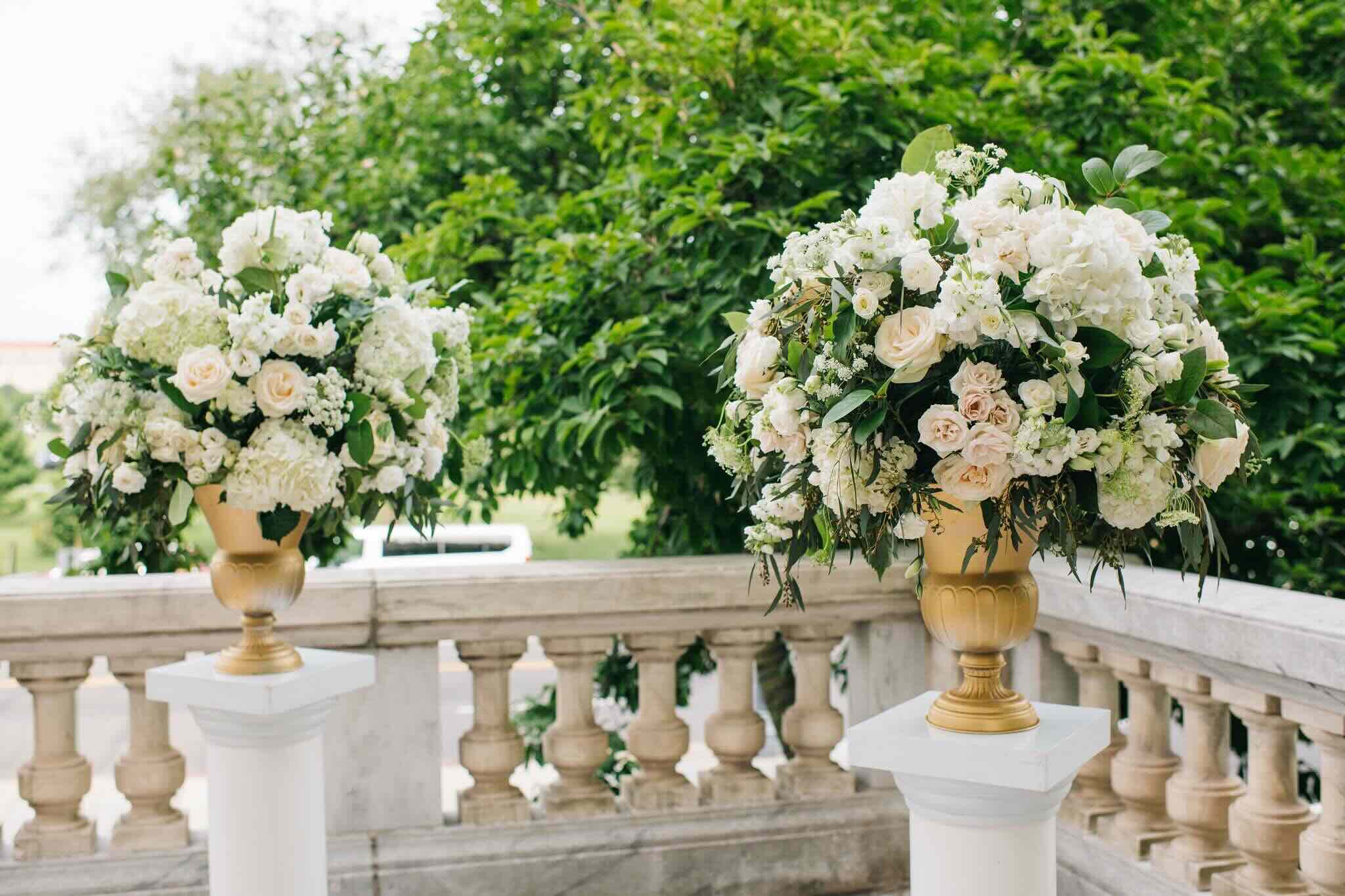
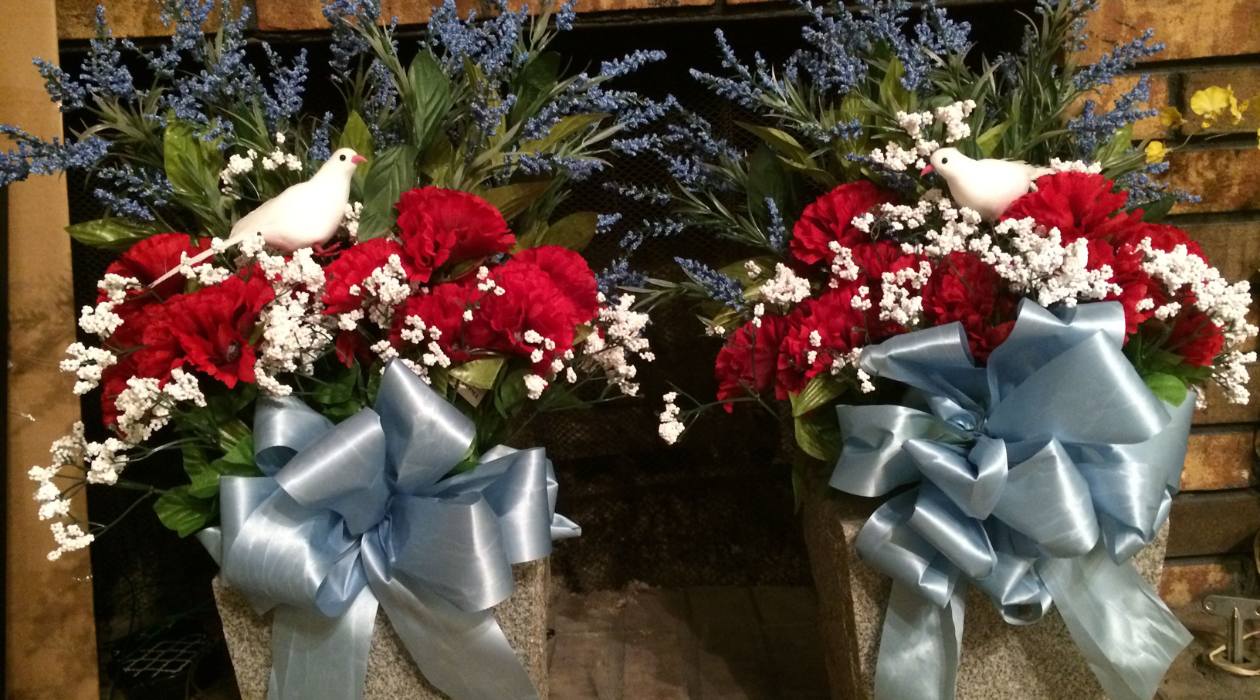
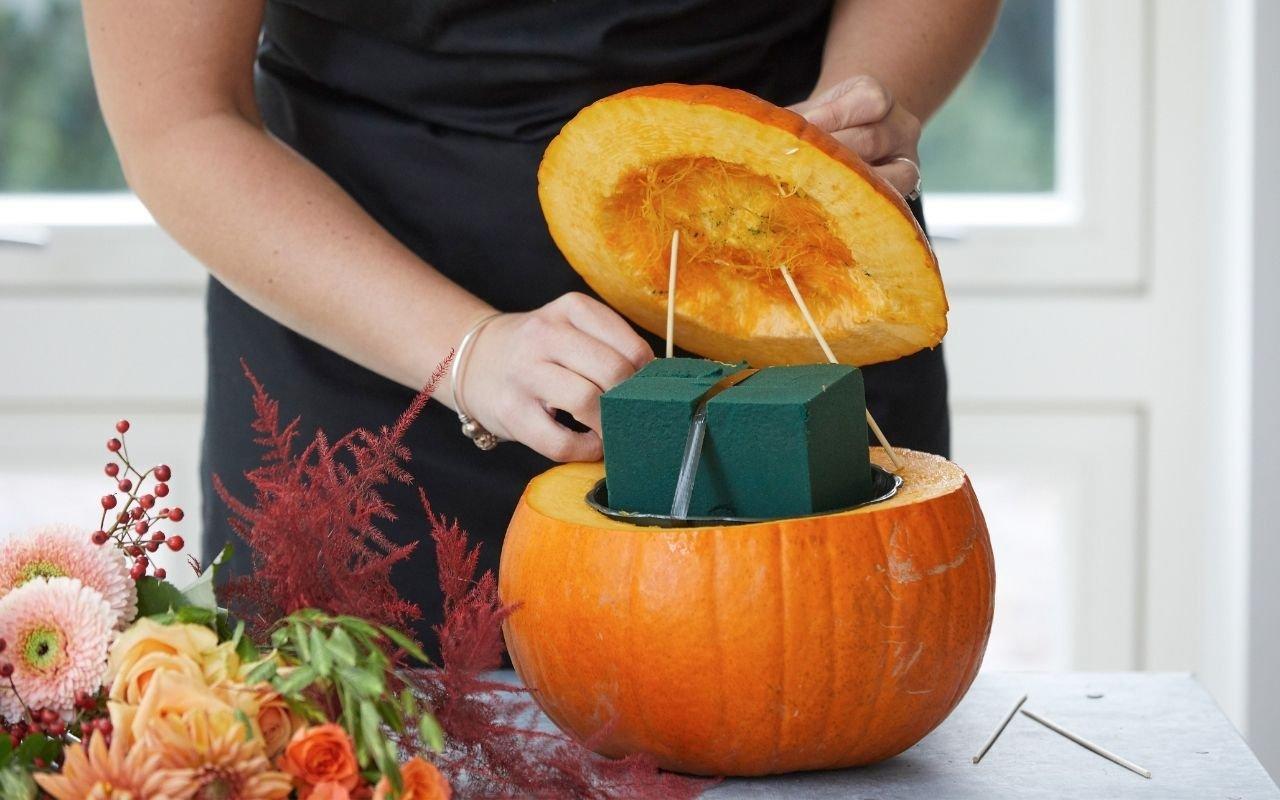
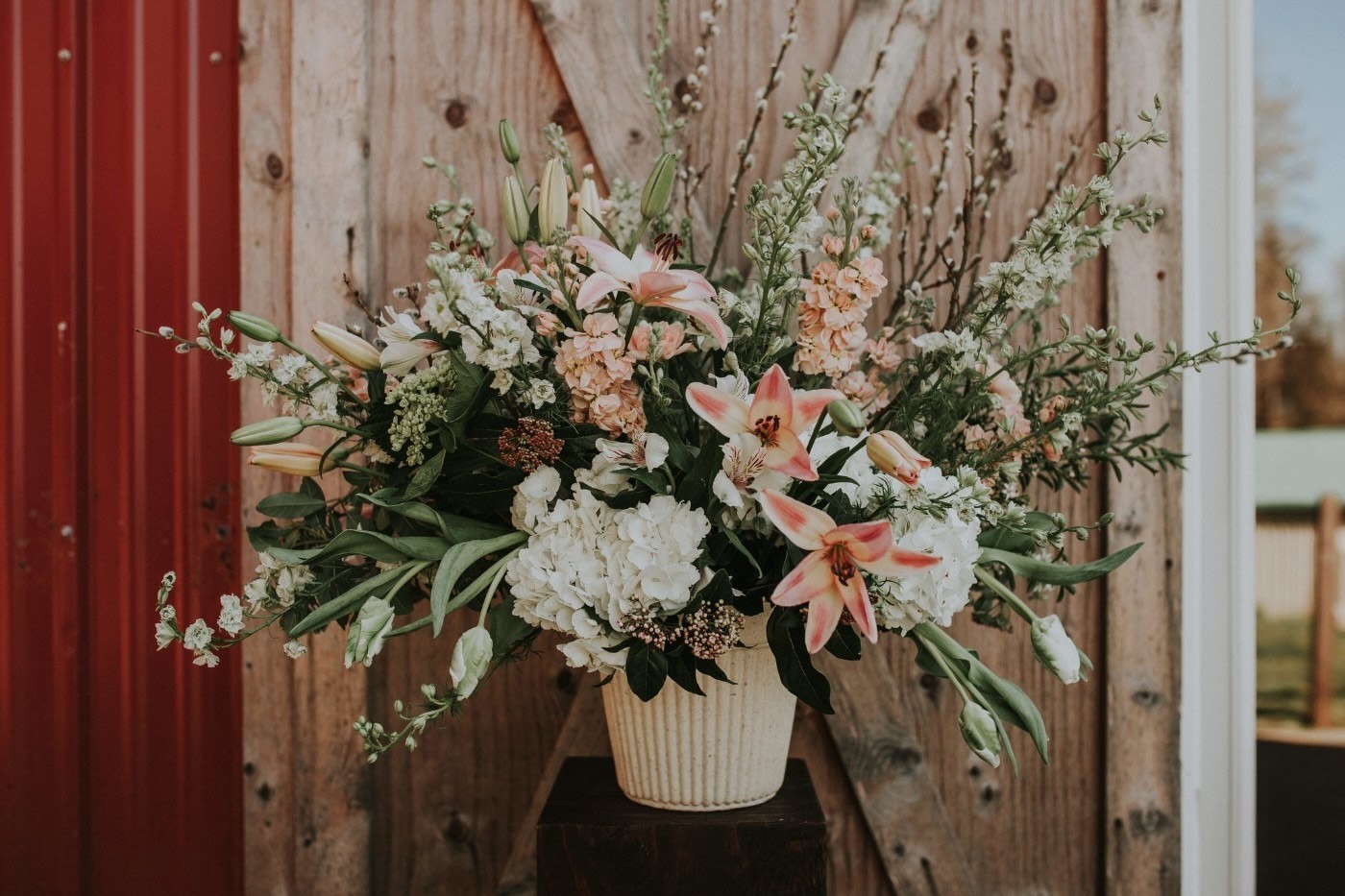
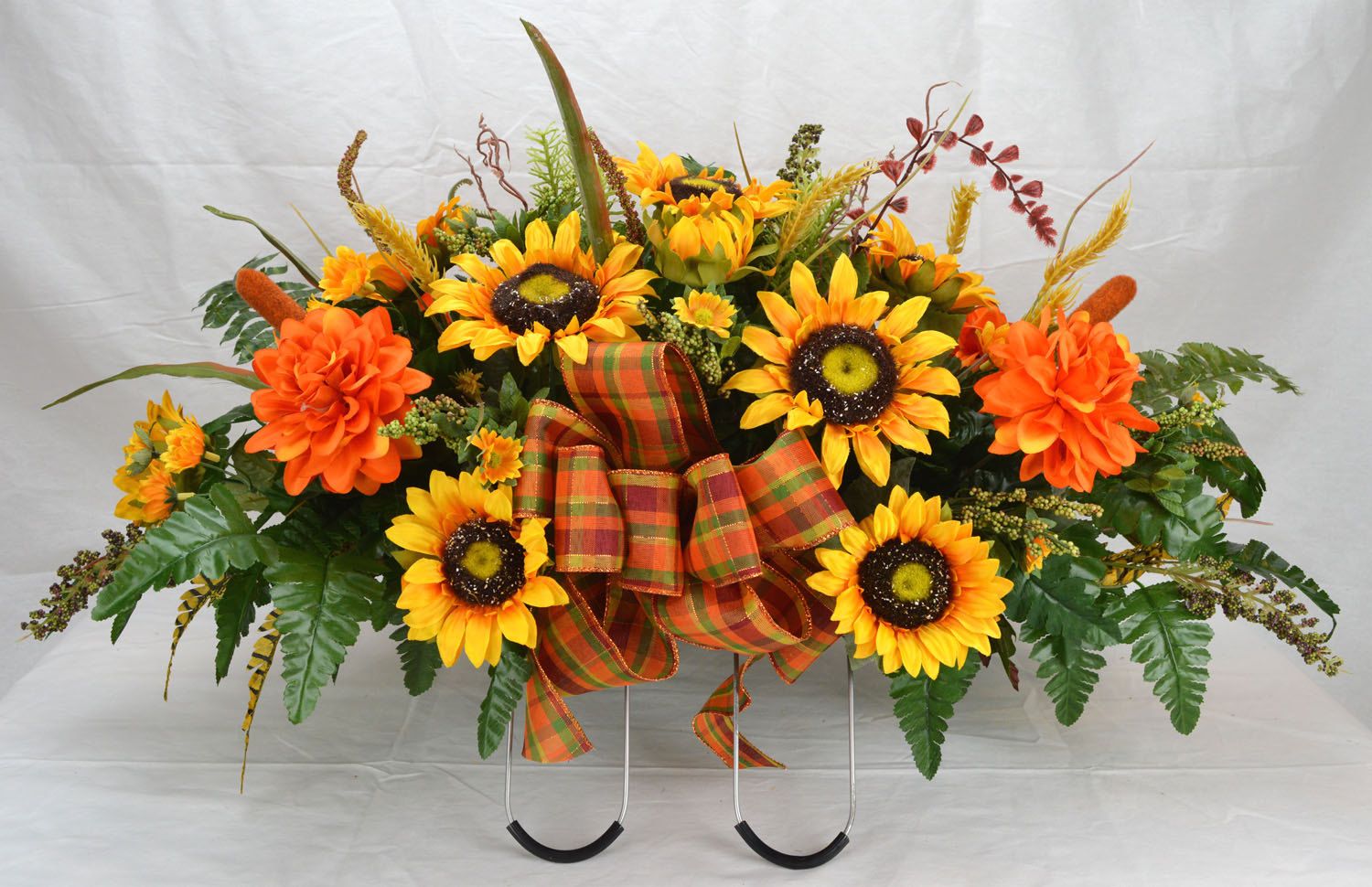
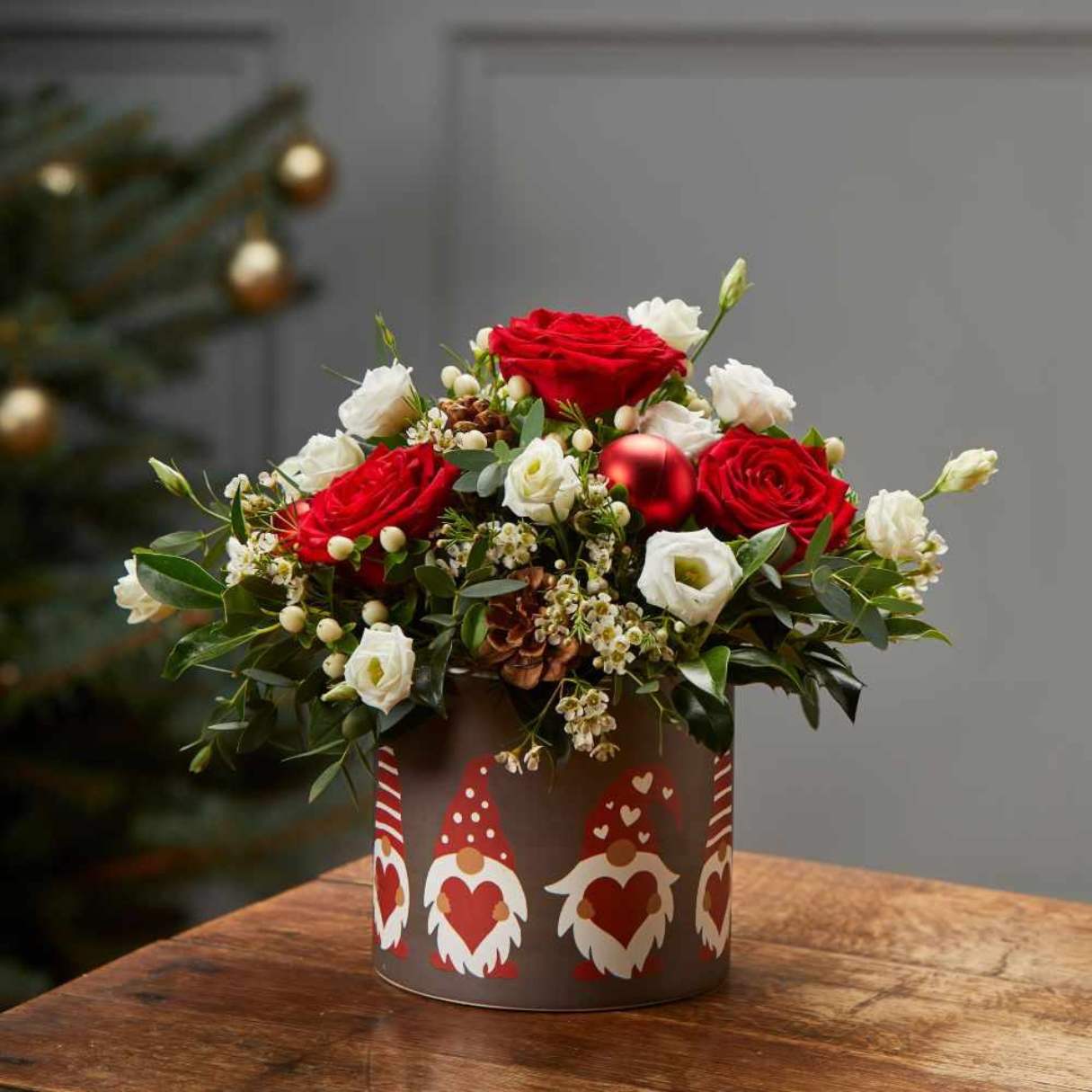
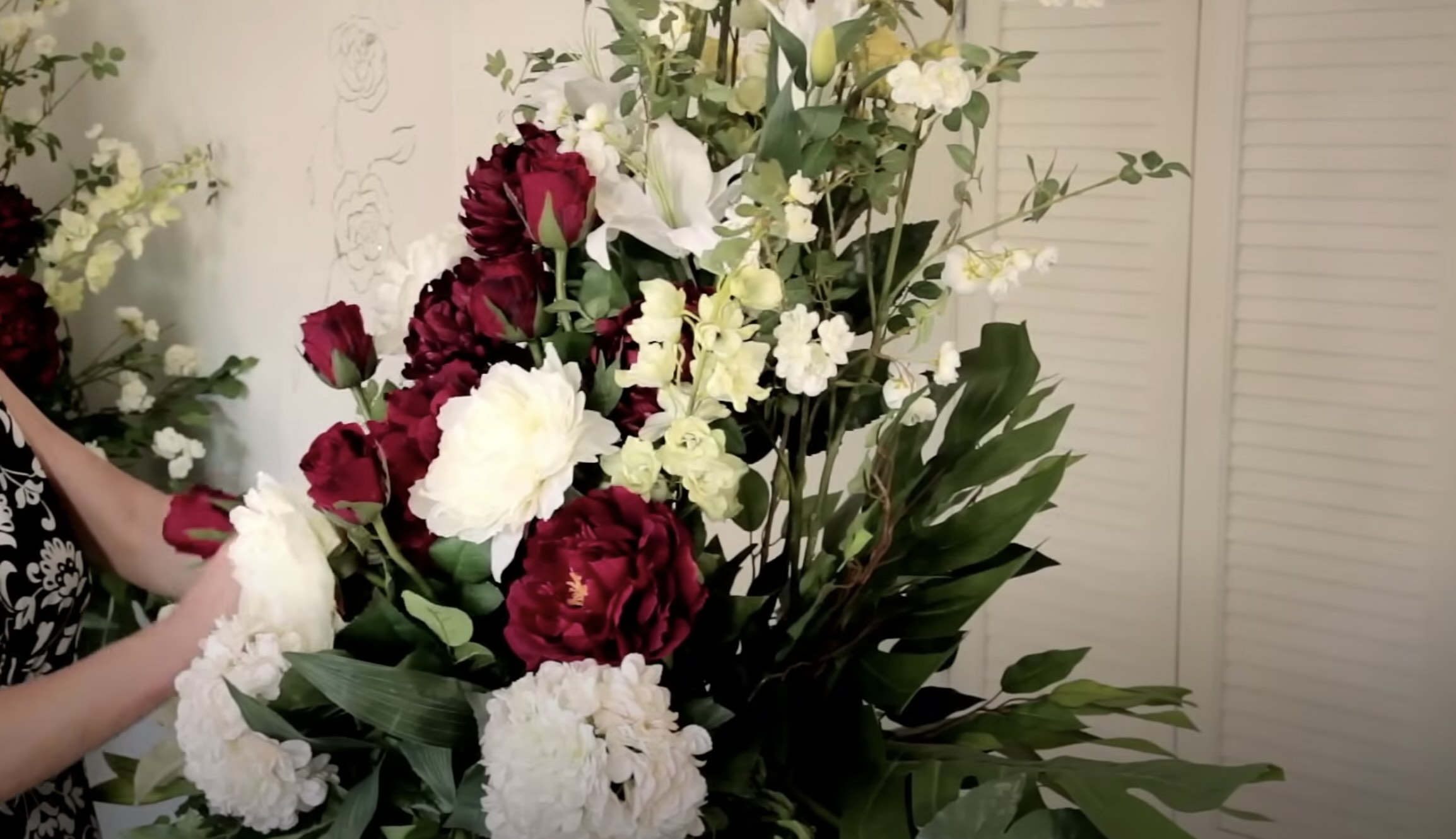
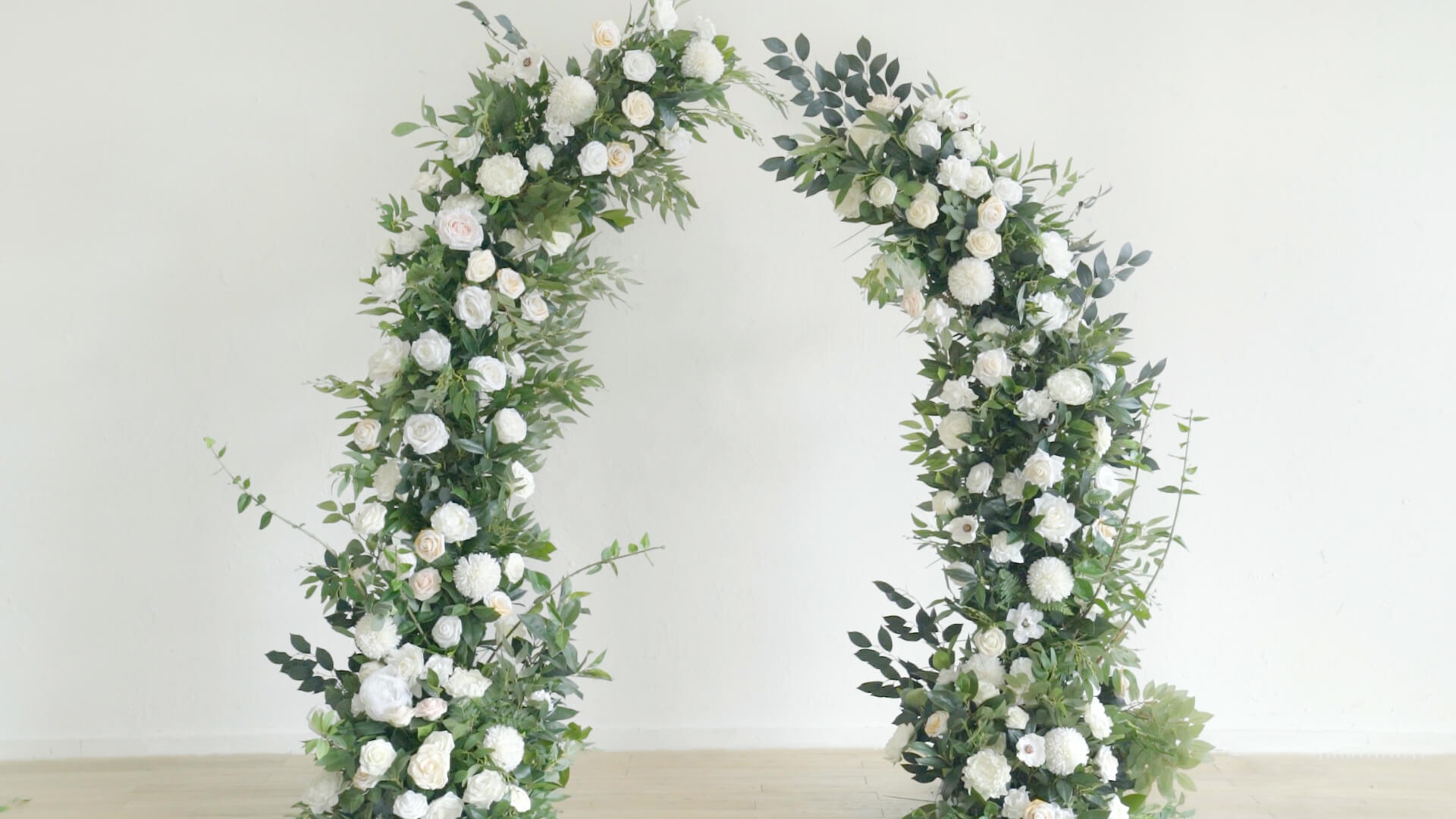
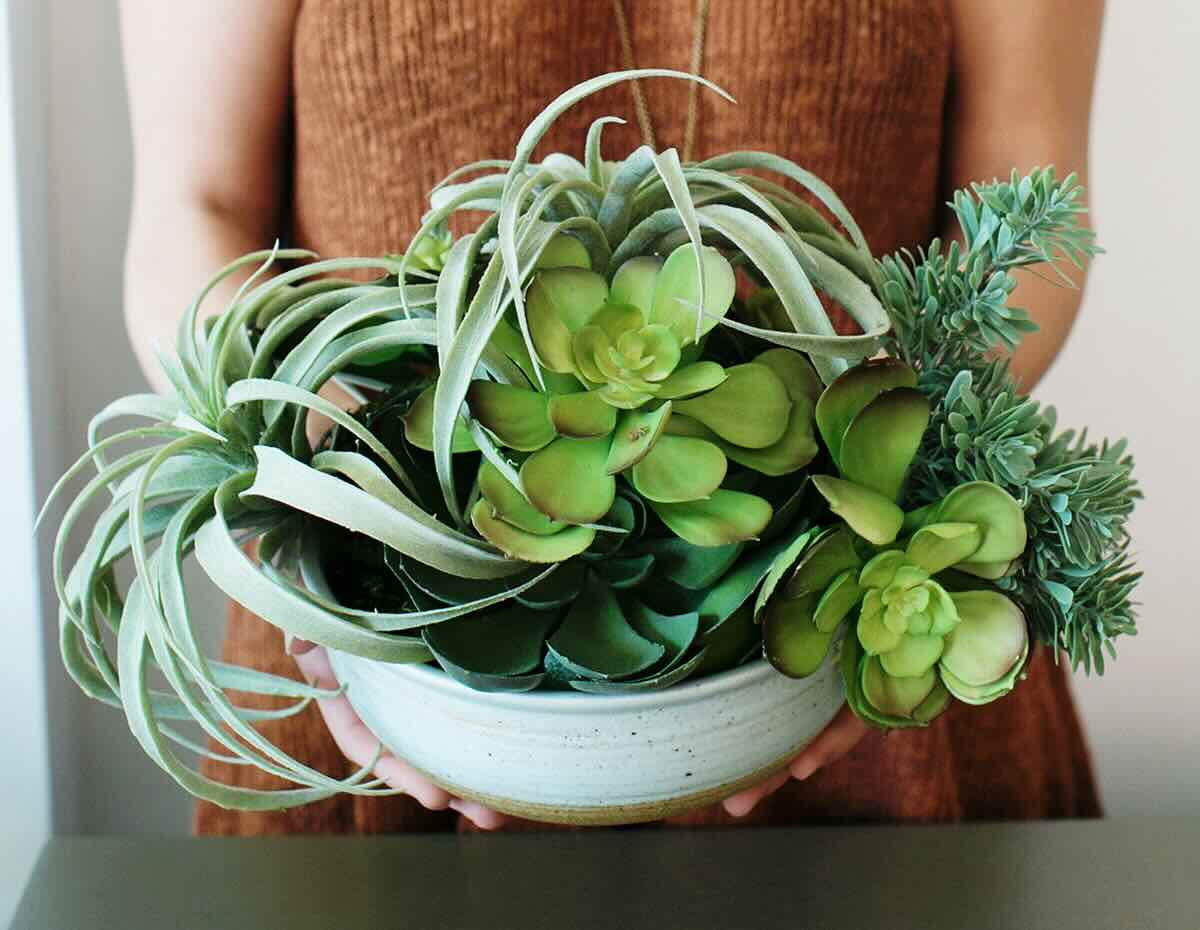
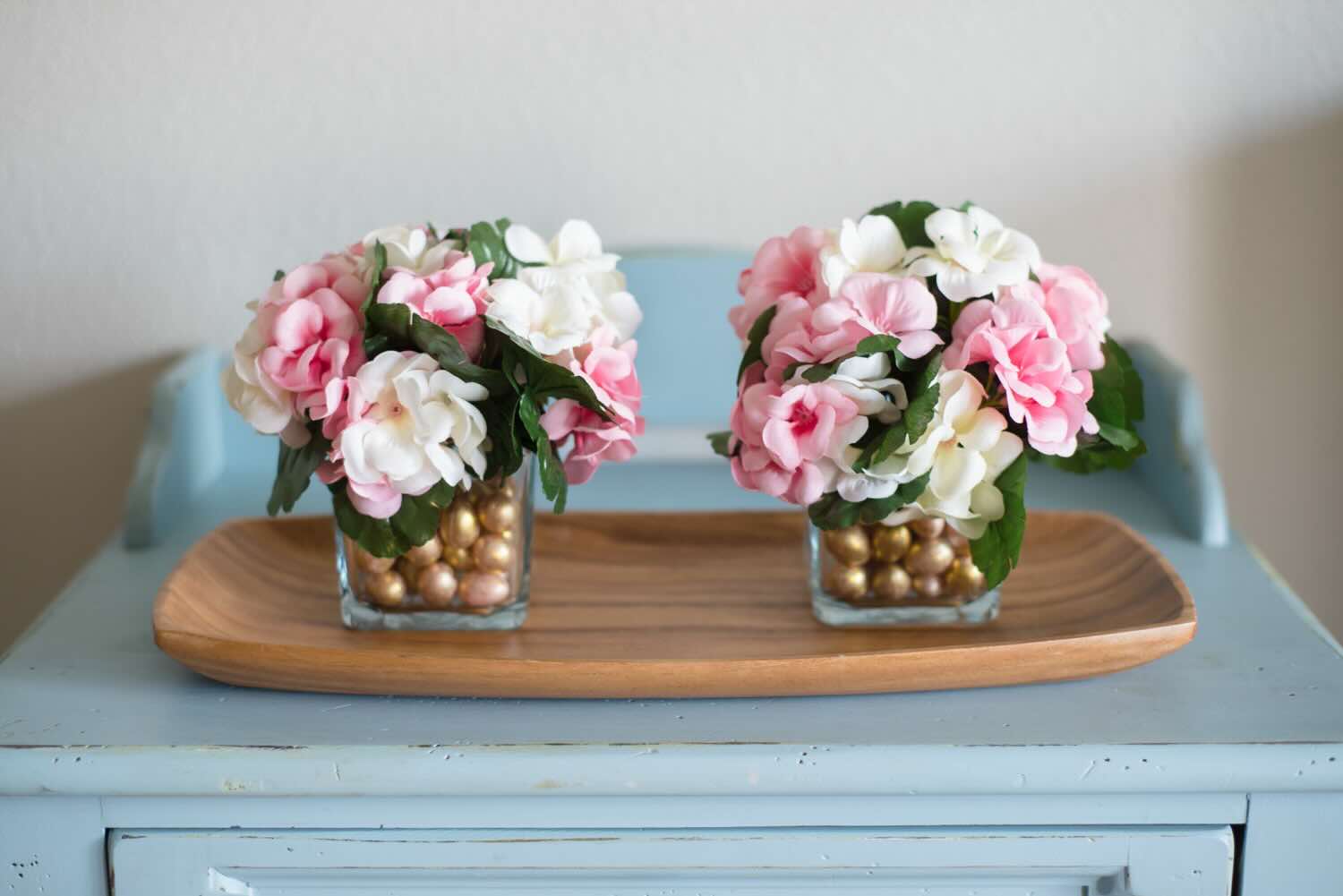
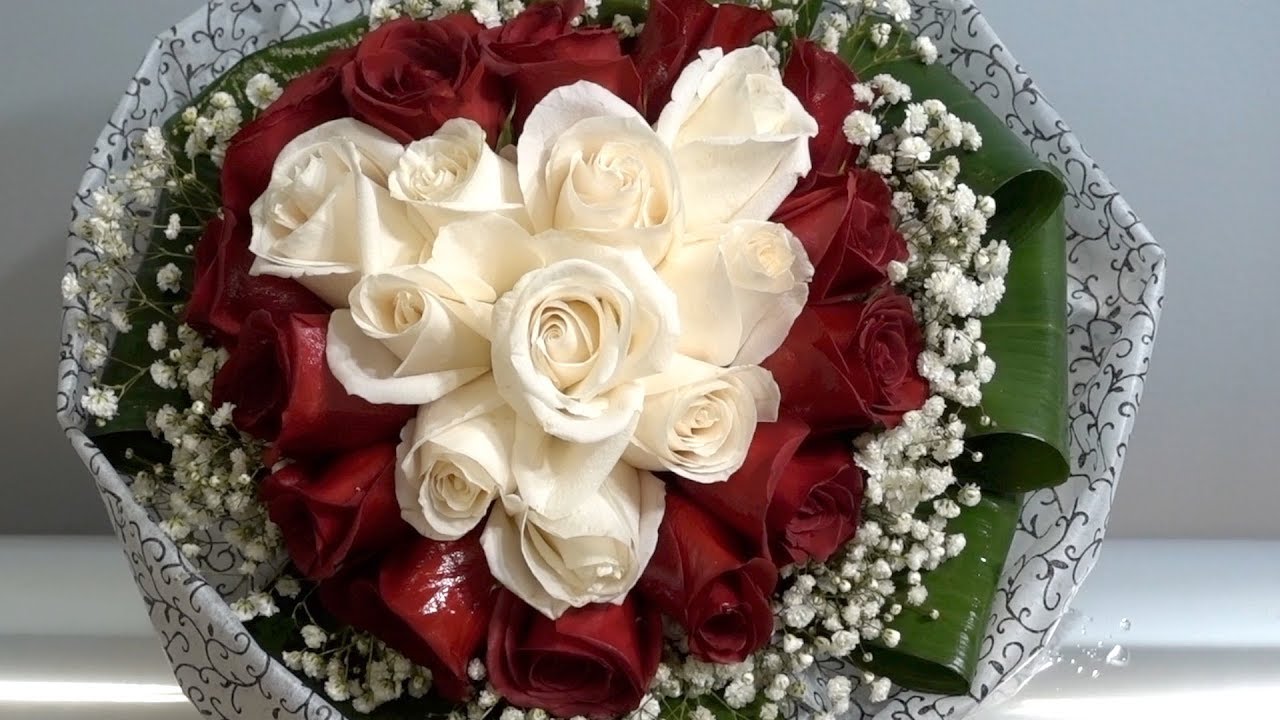
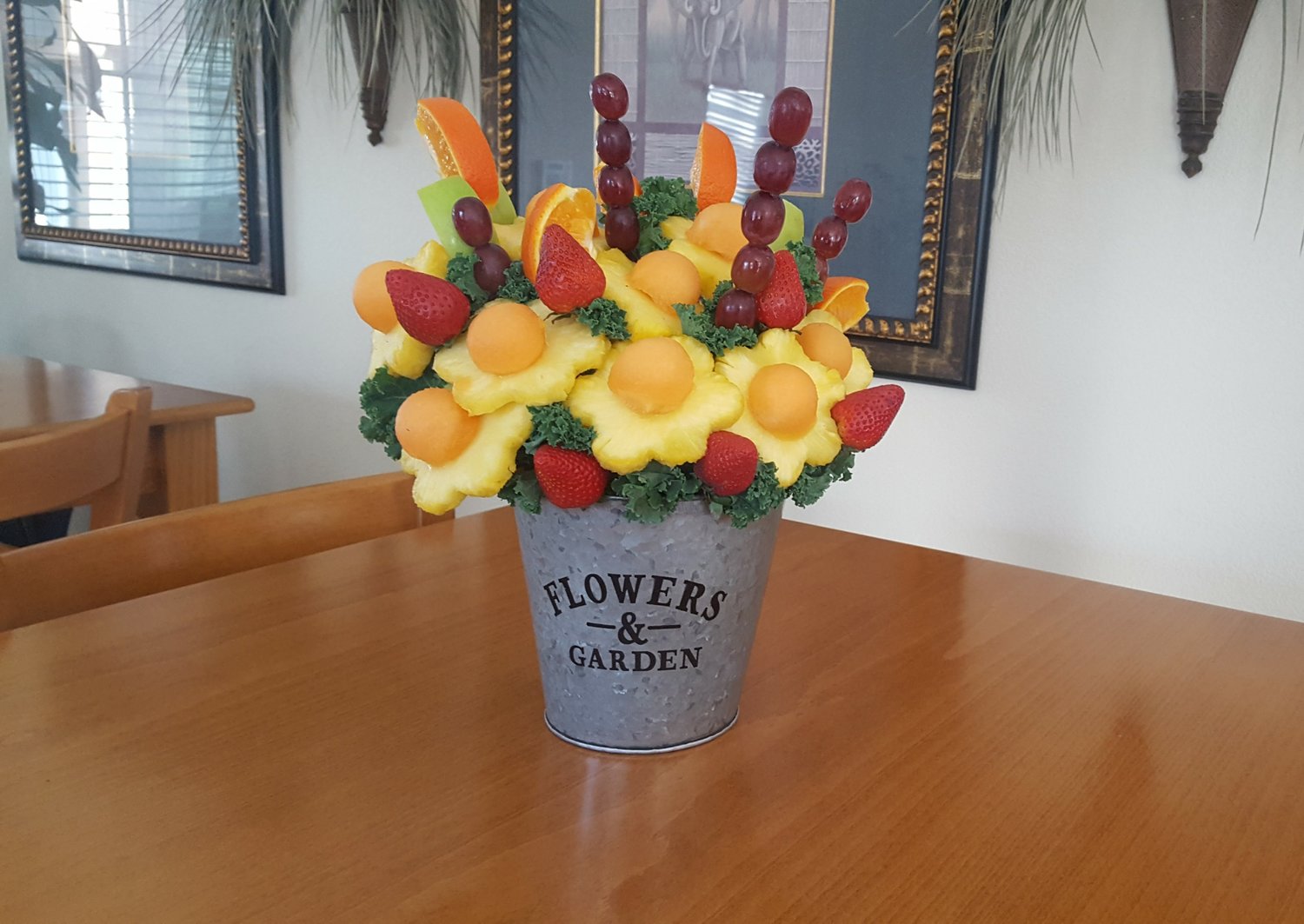
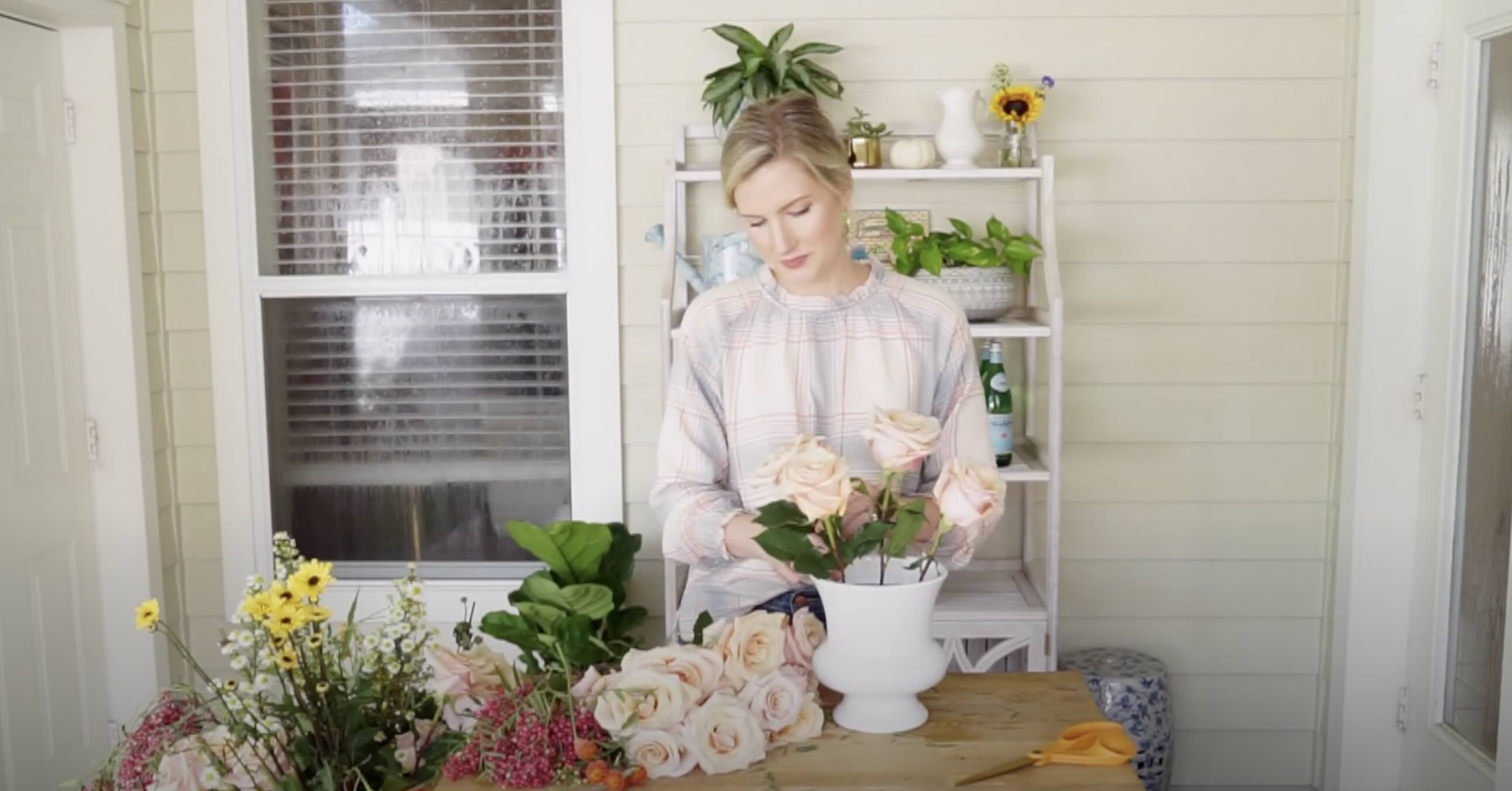

0 thoughts on “How To Make Contemporary Floral Arrangements”